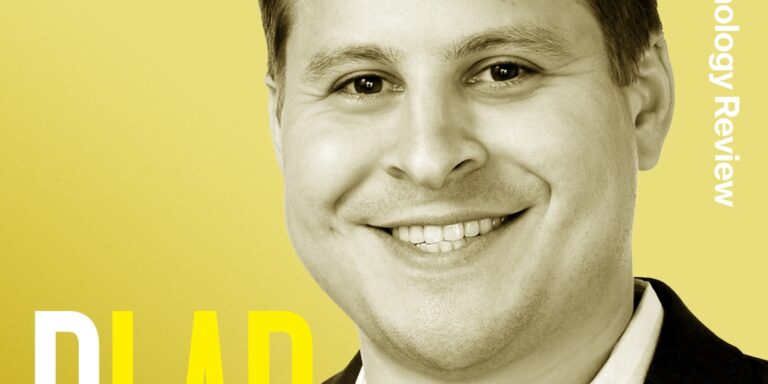
Batteries could power planes, at least for short distances. Some companies have been trying out test flights of electric planes powered this way, mostly small eVTOL (electric vertical take-off and landing) aircraft that can carry just a few people. Unlike combustion-powered aircraft, electric planes wouldn’t produce pollution, and they could reach zero emissions if charged with renewable energy.
Batteries have the benefit of being a technology that’s widely used today in electric vehicles, and they’ve gotten much better over their decades of development. But batteries will have to keep improving dramatically for electric planes to carry a significant number of people any significant distance. (Check out my story from last year on electric planes for more.)
Hydrogen could be a versatile fuel for aviation in the future. Planes might use hydrogen in two different ways. It could be burned in combustion engines, similar to how jet fuel is used today. Alternatively, hydrogen could be used in fuel cells, where chemical reactions generate electricity. We love to have options.
Hydrogen’s environmental impact and feasibility will depend on how it’s being used. Combustion will lead to some tailpipe emissions, though these would be mostly water. Hydrogen-electric planes, like aircraft powered by batteries, could be free from climate pollution depending on how the hydrogen is produced.
In either case, hydrogen has one key thing going for it: it contains a lot of energy without being too heavy (unlike batteries). When a vehicle has to lug its power source 30,000 feet into the air, it’s better for that power source to be really light—and hydrogen, as the lightest element on the periodic table, fits this bill perfectly.
The problem is, while hydrogen is light, it also takes up a lot of space. In order to get it into a small enough volume to carry onboard a plane, hydrogen will likely need to be cooled to cryogenic temperatures (below -250 °C). Designing these systems and getting them onto planes will be difficult. So will sourcing and distributing large amounts of hydrogen made with renewable energy. And there’s the small fact that while there have been some experiments with flying hydrogen-powered planes over the years, the technology still needs work. It’s hard to remake an industry, which is why SAFs, the drop-in solution, are probably the most likely to be adopted in the near future, while hydrogen will take decades to break through.
But there’s been some exciting movement on using hydrogen for aviation over the past couple of years, with big players like Airbus getting into the game and announcing planned test flights.
And last week, startup ZeroAvia was in the news again, announcing it had completed a test flight of a 19-seat Dornier 228, the largest plane flown partly on hydrogen fuel cells. Before this test, the company had tested a smaller, nine-seat aircraft.






